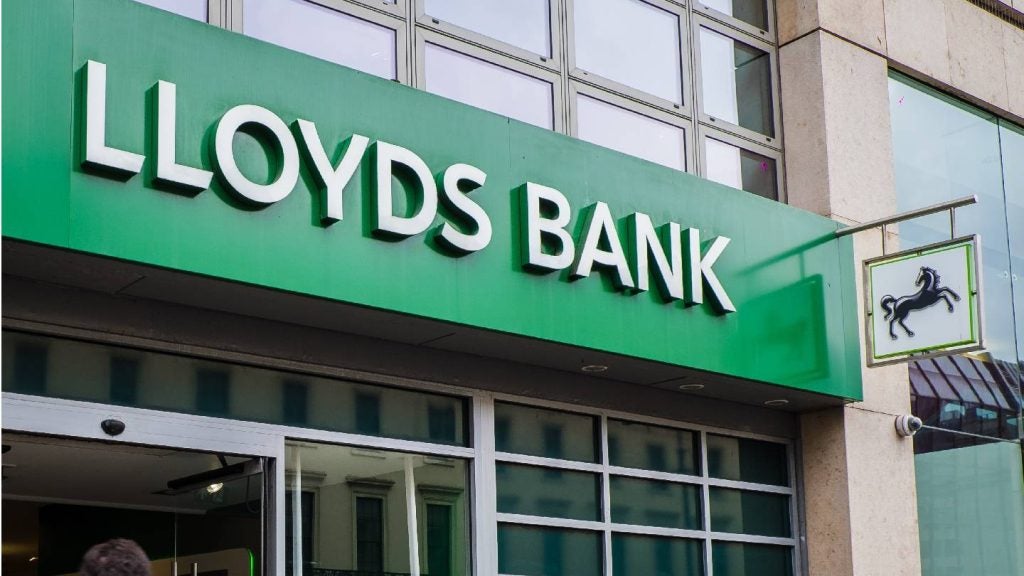Snapshot for week beginning 1 August. The Covid-19 pandemic has set the stage for accelerated bank mergers and acquisitions shaping European banking landscape. Acquisition and transformational deals present a window of opportunity for the banking sector.
Concerns about profitability, particularly at Europe’s weakest banks, have driven discussions of consolidation across the sector for some time.

Access deeper industry intelligence
Experience unmatched clarity with a single platform that combines unique data, AI, and human expertise.
This has been exacerbated by the rise of non-performing loans (NPLs) as a result of Covid-19 and a recognition that investments in digitisation and more fundamental transformation need somehow to be funded and accelerated.
Europe is also overbanked — there is one bank for every 82,000 individuals in the European Union.
Moreover, despite numerous cost transformation programmes over the past decade, efficiency ratios have stayed stubbornly above 60% for most, even before Covid-19 provisions delivered a further hit to profitability.
Deal of the week: Raiffeisen Banka to Acquire Credit Agricole Srbija
Raiffeisen Bank International AG (RBI) has announced that its Serbian subsidiary Raiffeisen banka a.d. has signed an agreement to acquire 100% of the shares of Crédit Agricole Srbija (Crédit Agricole Srbija a.d. Novi Sad and Crédit Agricole Leasing Srbija d.o.o.) from Crédit Agricole S.A.

US Tariffs are shifting - will you react or anticipate?
Don’t let policy changes catch you off guard. Stay proactive with real-time data and expert analysis.
By GlobalDataSuccessful closing of the transaction is subject to inter alia obtaining regulatory approvals.
The acquisition of Crédit Agricole Srbija is expected to have an impact on RBI’s CET1 ratio of approximately 16 basis points.
The final impact is dependent on completion accounts at closing, which is expected by the end of the first quarter of 2022.
Johann Strobl, CEO of Raiffeisen Bank International, said:
“Serbia is a very interesting market for us and offers an attractive growth potential. Crédit Agricole Srbija is an excellent strategic fit to our bank in Serbia and the acquisition will support our growth ambition in the market.”
The combination of factors that will boost M&As
The US is, perhaps surprisingly, even more overbanked than Europe, but has seen faster consolidation in recent times.
Last year alone there were more than 250 mergers.
This may further accelerate if the profit malady that afflicts European banks spreads to the US too.
US banks have benefited from higher interest rates in recent times, but with rates now cut, and likely to remain near zero until at least 2023, margins will come under pressure.
In Asia, many markets are experiencing slowing growth, facing increased asset quality issues, and incumbent banks are losing market share to fintechs.
All these factors may act as a trigger for M&A.
An assessment of banking concentration levels also reveals many Asian markets have significant room for consolidation.
M&A can help alleviate these profitability pressures, whether through restructuring (e.g., disposal of NLPs), achieving synergies that drive cost efficiency or freeing-up investment to fund in a digital transformation agenda.
The recognition of “badwill” can make deals more attractive.
The Spanish merger suggests that in-market consolidation could be back on the table, and that there is significant scope for cost savings in large European mergers.
Many European banks still have large branch networks.
The emergence of new national champions
Even after adjusting for different structural market factors, such as gross domestic product (GDP) per capita, and population density rough estimates suggest that Spain’s new largest lender will still have deposits per branch nearly 20% lower than those of Lloyds Banking Group, the UK’s largest consumer bank.
Without structural changes, such as progress on Banking Union (including the European Deposit Insurance Scheme), cross-border M&A is likely to remain low.
Even if these structural impediments are addressed, any bank looking to grow (or shrink) inorganically still needs to think carefully about how they can do so in a value-accretive way.
How do you grow through acquisition without destroying value? How can you exit businesses without retaining the costs of underlying systems?
Many banks are likely to make acquisitions or divestments in some form in the next year.
If Covid-19 does prove a catalyst to in-market consolidation, we could see the creation of some new national champions.
Progress on Banking Union in Europe, which would see barriers to cross border M&A lifted, could mean the banking landscape looks very different in a few years from what we see today.
As the banking sector shifts under the weight of the global health crisis as a result of Covid-19, banks should strongly consider the role of transformative M&A in their strategic agendas.
Transformational deals provide scope for cost savings in large European mergers.






